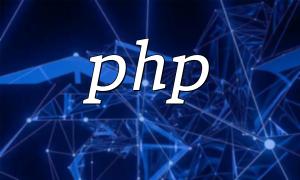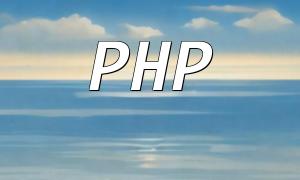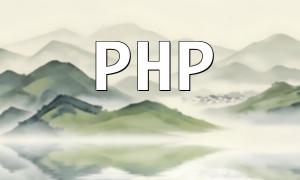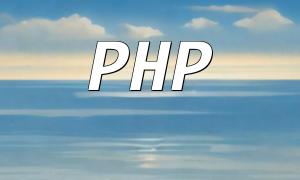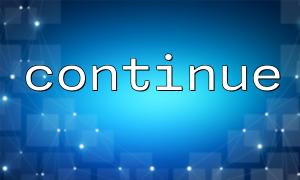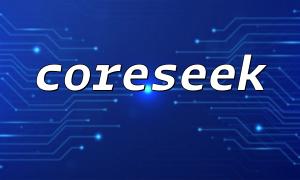With the rapid advancement of internet technology, dynamic images have become increasingly important in web design and applications. Traditional methods relying on professional tools like Photoshop to create dynamic images often suffer from complexity, long production times, and lack of real-time updates. Utilizing PHP’s image generation functions allows developers to efficiently create and process dynamic images, significantly improving production efficiency and user experience.
PHP offers a rich set of image generation and processing functions, such as imagecreatetruecolor, imagecreatefrompng, and imagecopyresampled. These functions support creating new images, resizing, rotating, adding watermarks, and more, providing strong support for implementing dynamic images.
Taking captcha images as an example, it is easy to implement dynamic captcha generation using PHP’s GD library. First, use the imagecreatetruecolor function to create a blank canvas with specified width and height. Then, use imagecolorallocate to define the background color of the canvas. Next, add random captcha text using the imagestring function. Finally, output the generated image to the browser using imagepng, completing the dynamic captcha creation.
Beyond basic captcha, PHP image functions support diverse dynamic image processing capabilities. For example, dynamically generate thumbnails based on user-uploaded avatars; adjust image size and quality according to the visitor’s device resolution and browser type; and beautify images by applying filters and borders.
By leveraging PHP’s image generation and processing features, you can also create QR codes, implement image recognition, and facial verification functionalities. QR codes are widely used in commercial promotion and payment scenarios; facial recognition technology applies to security verification and expression analysis; image recognition supports license plate recognition, text extraction, and more, expanding PHP’s image processing applications.
PHP’s built-in image generation functions offer a convenient and efficient solution for creating and processing dynamic images. By flexibly utilizing these functions, developers can achieve rich dynamic image effects that enhance web interactivity and user experience. As technology continues to evolve, the application prospects of PHP image generation and processing will become even broader.
